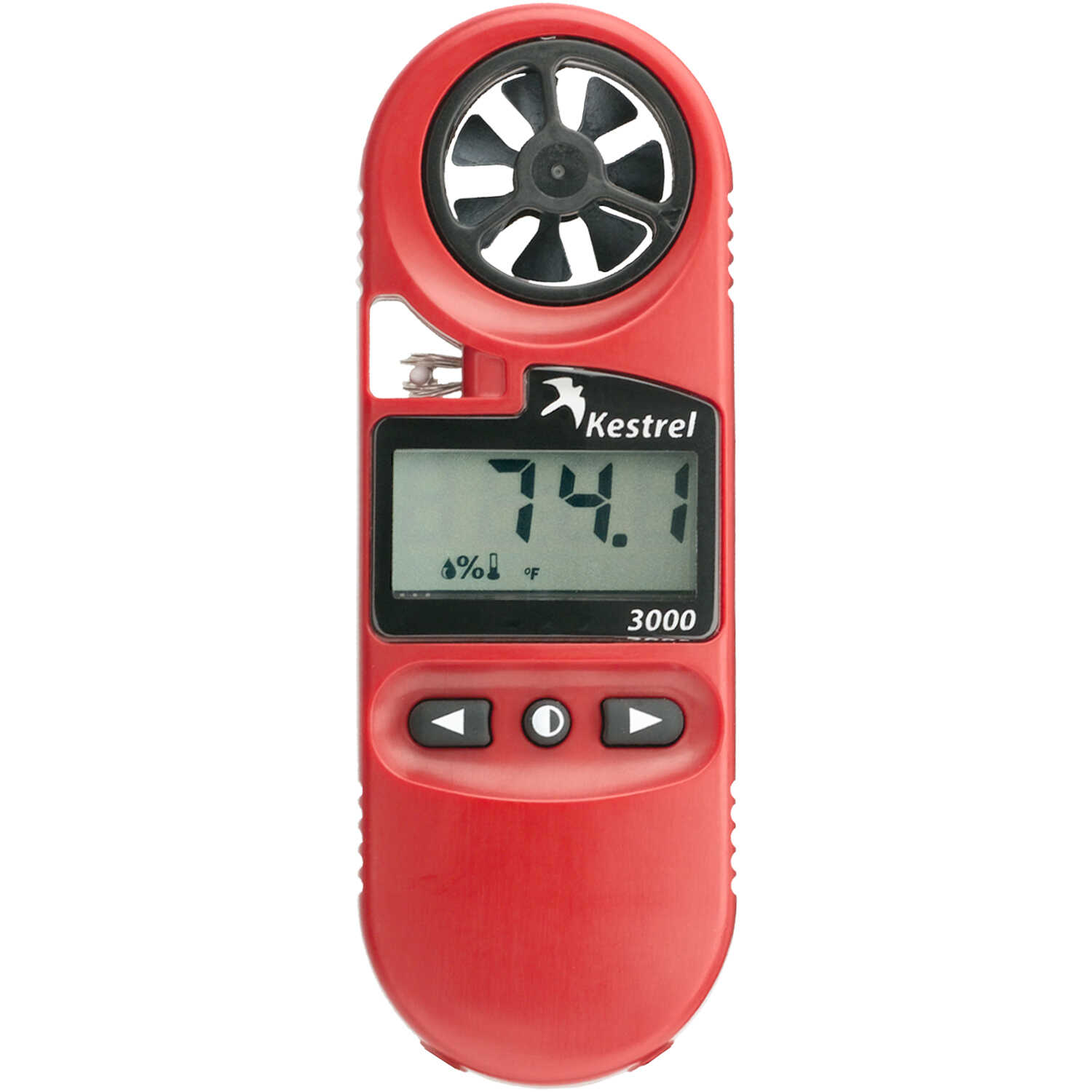With the introduction of Unmanned Aerial Systems, the geospatial field has exploded into endless opportunities for data collection methods. The following exercise includes multiple occasions of UAS operation and the different type of data and aerial imagery that can be collected with them. Different UAS devices are more suitable for different environments and weather conditions, and this exercise is an attempt to familiarize ourselves with the various techniques used for collected geospatial data using a variety of UAS devices.
Methods
The study area for these exercises was the soccer park south of Clairemont Ave. This area provided a large open space that minimized the chance of something going wrong during the UAS missions.
The first mission we completed involved sending a large balloon hundreds of feet into the air and attaching a digital camera in order to collect aerial imagery. The camera was enabled with freeware that allowed for it to take photos at 5 second intervals for around 30 minutes.
 |
| Figure 1. The balloon was filled with helium from the large compressed tank on the right. The balloon nozzle was then secured using a metal staple to avoid any loss of helium. |
 |
| Figure 2. The camera was attached to the balloon cable via gimbal stabilizer. Even under windy conditions, the camera will stay pointing at the ground. |
With the camera recording and the balloon high in the sky, the class set out to collect the aerial imagery. The class walked around the border of the park and through the center in order to collect the most ground imagery. The wind was quite strong so overlapping our route was necessary to make sure we had covered all portions of the soccer park. The hundreds of images were then mosiacked into a single aerial image seen below. This process was done using PhotoScan and Geosetter software.
 |
| Figure 3. The mosiacked image completed using PhotoScan and Geosetter. |
The second method of UAS data collection we exercised was a second attempt at the rocket launch. The rockets were once again equipped with small video cameras that recorded the launch. The first rocket launch wasn't a complete success, as the fins detached immediately and the chute did not deploy. This caused the rocket to crash back down onto the pavement of the parking lot.
Due to the high failure rate of our class's rocket launches, a second rocket was brought just in case. This was the first successful launch after 2 tries and featured a successful parachute deployment as well. The timing of the launch was precise enough to cause a flock of geese to change route while the rocket barreled towards them.
The third and final mission completed at the soccer parks involved flying a designated route created using mission planning software for UAS. The route spanned across the entire soccer park in a snake pattern before returning to the home point next to the pavilion.
 |
| Figure 4. The mission planning software displays route information on the right and the UAS perspective on the left. Altitude, UAS position, tilt and other information are all relayed in real time. |
 |
| Figure 5. Joe arming the unit in the distance. It is always important to stay a good distance away from the unit during launch and landing. |
Results
The three missions completed during this exercise were successful. The balloon recording resulted in very accurate aerial imagery after the individual pieces were mosiacked together. This proved the balloon to be an effective method of aerial imagery collection as long as too much wind isn't present (in that case, just use a kite instead!). The UAS mission planning software was very useful, as we could monitor different mission variables such as the altitude, position, and battery level during the flight process. The UAS proved to be an extremely reliable and quick method to collect data in any environment.











